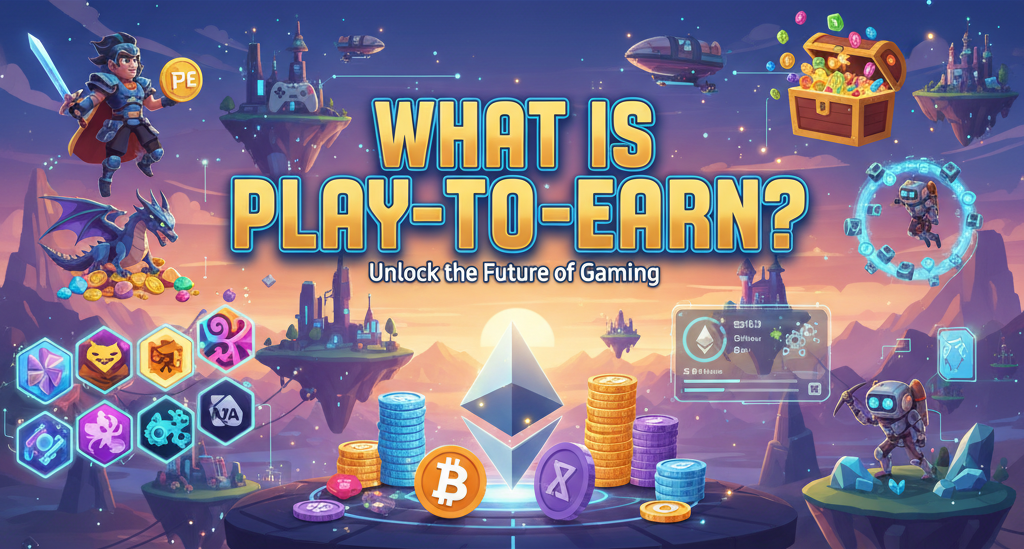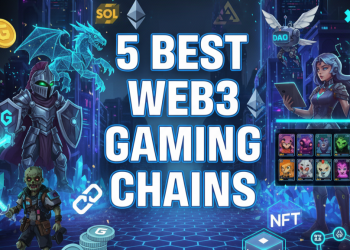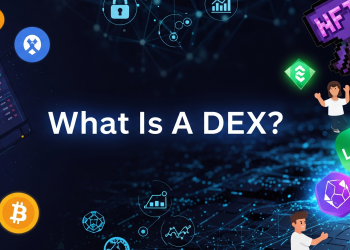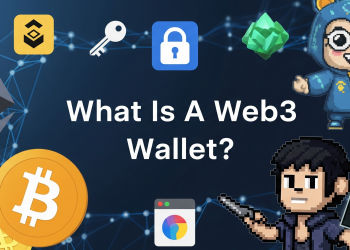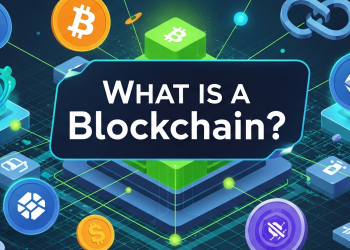Play-to-Earn (P2E) is a blockchain gaming model where players receive cryptocurrencies or NFTs as rewards for their play. This was the first breakthrough of Web3 gaming, which proved that the time spent in games could be converted into real rewards.
How Does Play-to-Earn Work?
Play-to-Earn works by giving players in-game rewards that can be traded outside the game. The model changes the players’ in-game activities into financial rewards.
Here’s how it usually works:
- Complete gameplay tasks — battles, farming, quests, or challenges.
- Receive reward tokens — the game distributes cryptocurrency to the most active players.
- Earn or unlock NFTs — characters, skins, or land with unique ownership value.
- Cash out or reinvest — tokens and NFTs may be sold, traded, or used to upgrade progress.
Example: In Axie Infinity, players earned $SLP tokens by winning battles against other players, which could be sold on exchanges or reinvested into breeding new Axies.
Why Did Play-to-Earn Become Popular?
P2E was a sensation because it allowed users to make a real income out of the game, no matter what. For a large number of people, P2E was a means of turning everyday gaming into a source of revenue.
- For example, in the Philippines, where the economy isn’t very stable, gaming guilds and scholarships helped in the conversion of hours spent on gaming into real cash and thus gave thousands of new generation gamers access to income.
- Game streamers and social media influencers promoted the concept of “playing games as a career” to the audience, causing more and more people to be interested in the idea.
- The NFT investors and speculators started buying in huge quantities, which made the NFT prices skyrocket, and the early players consequently made a fortune.
For a moment, P2E seemed like the future of work, not just the future of gaming.
The Problems with P2E
The Play-to-Earn craze rapidly lost its momentum mainly due to the fact that its problematic economic model was not sustainable over the long term.
- Token Inflation: Games issued unlimited amounts of tokens as rewards, which led to very low token prices.
- Speculation Over Fun: Most of the gamers didn’t play for fun but were more like investors looking for a quick return.
- Expensive Entry: The starter NFTs got more and more expensive that at some point, new players couldn’t afford them.
- Chore-Like Gameplay: Game developers created these games with the focus on repetitive tasks rather than on fun.
Axie Infinity is a good example of this case, where the $SLP token lost more than 95% of its value, which made all types of grinding only partially rewarding, if not totally unprofitable, and caused player exodus.
The Evolution: Play-and-Own (PnO) & Play-and-Earn (PnE)
Game makers invented new models that could maintain fun and sustainability, and still fix the P2E issues.
🔹 Play-and-Own (PnO)
Play-and-Own no longer allowed users to earn, but instead, it was the ownership of the digitally created assets that became the central part of the game. Still, the great thing was that the fun and interesting gameplay was not sacrificed by any means.
- Properties such as land, skins, or characters continue to hold value for a long time.
- Example: Pixels uses land NFTs as long-term assets while focusing on farming and social gameplay.
🔹 Play-and-Earn (PnE)
Play-and-Earn is a model that balances excitement with occasional rewards, almost like a bonus rather than the main goal, which is usually the case with the play-and-earn model.
- Tokens are limited, reducing inflation.
- Example: Sunflower Land links token rewards to agricultural output to ensure that the system remains fair.
| Model | Core Idea | Example Game |
| Play-to-Earn (P2E) | Grind gameplay to earn crypto rewards | Axie Infinity (Before) |
| Play-and-Own (PnO) | Fun-first, with assets you can keep long-term | Pixels |
| Play-and-Earn (PnE) | Fun gameplay with rewards as extras | Sunflower Land |
Why This Evolution Matters
Transitioning from P2E to PnO, as well as PnE, represents that sustainable economies require fun-first gameplay. In the case that a game cannot entertain, then the players will depart, no matter how big the rewards are.
This evolution matters because:
- The entry barriers decrease by adding free-to-play alternatives.
- Rather than creating inflationary economies, it brings about scarcity-based ones.
- Such an approach nurtures communities of users who love the game rather than just those who play for profit.
The Future of Play-to-Earn (and Beyond)
Blockchain gaming’s future will be all about the fun-first titles that seamlessly integrate player ownership and balanced rewards. P2E was the first proof that gaming could become a source of real income; however, it also exposed the weaknesses of the tokenomics and the design.
Going forward, expect:
- Casual Web3 mobile games will be very popular and will have millions of daily active users.
- Cross-chain interoperability will be where NFTs can move freely from one decentralized ecosystem to another.
- Reward systems that are balanced with token burning and limited tokens.
- Ecosystems where the community had control due to player choices.
The bottom line: P2E allowed the transition, but Play-and-Own and Play-and-Earn remain the future.
FAQs
Q1: What is Play-to-Earn in simple words?
Play-to-Earn is a gaming model where players earn crypto or NFTs as rewards for playing.
Q2: Why did Play-to-Earn fail?
Because rewards inflated too quickly, gameplay wasn’t fun, and entry costs were too high.
Q3: What’s the difference between P2E, PnO, and PnE?
- P2E = play mainly to earn.
- PnO = play for fun, with true ownership of assets.
- PnE = play for fun, with balanced rewards as bonuses.
Q4: Can you still earn money from blockchain games?
Yes, but most new games focus on fun and ownership. Earnings are now smaller and more balanced.
Q5: Which Web3 games are leading this shift?
Examples include Axie Infinity (P2E pioneer), Pixels (Play-and-Own), and Sunflower Land (Play-and-Earn).


